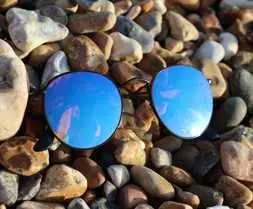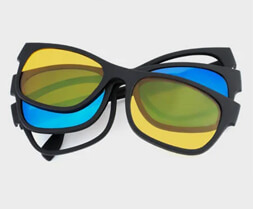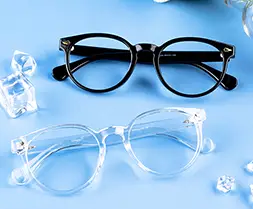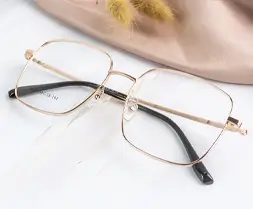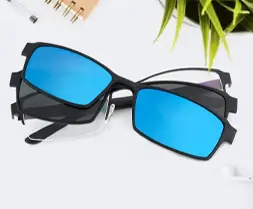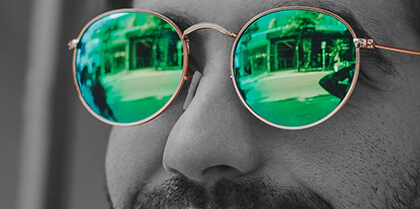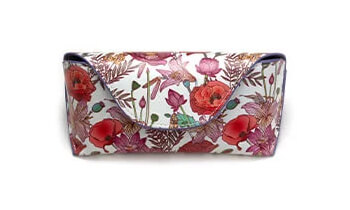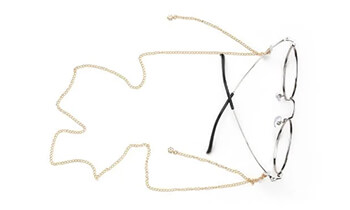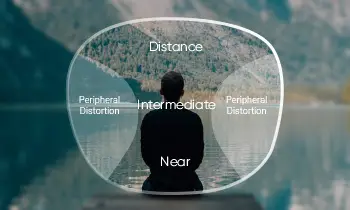The purpose of optical prescription lenses is to make things we see clear, large, or smaller when we look at them. In real life, they are often used in glasses, cameras, telescopes, etc. Generally, depending on the material of the lenses, we can divide them into resin, special, space, glass, and PC lenses, these are lenses made of high-quality materials. Commonly used in the eyewear industry, belonging the resin lenses. So what are the types of lenses? The following is a general introduction to you.
The types of lenses can be broadly divided into five: tinted lenses, mirrored lenses, anti-reflective lenses, polarized lenses, and color-changing lenses.
Tinted Lenses
Tinted lenses: are also often called "colored lenses" because, during the production process, chemical substances are added to give the lenses a bright color. They are often used to absorb specific wavelengths of light and are the most common type of lenses used in sunglasses.
Mirrored Lenses
Mirrored lenses: the name suggests that these lenses produce a mirror effect, and because of their bright colors, they are also called "dazzling lenses." The effect of mirror lenses is primarily beautiful, mainly by coating the surface of the lens with a film that reflects only one or two kinds of light from the sun so that the human eye can see the colors. Nowadays, very many sunglasses are made with mirrored lenses.
Anti-reflective protective lenses
Anti-reflective protective lenses: these lenses are unique in that they are coated with a thin layer of chemical magnesium “fluoride” to prevent the reflection of solid light, allowing our eyes to see more clearly without being disturbed by the glare. Generally, to test whether a pair of glasses lens has the effect of anti-reflective glare, you can point the lenses at the light source. If you see purple or green reflections, then the lenses are indeed coated with an anti-reflective protective film.
Polarized lenses
Polarized lenses: the most practical effect of these lenses is that they filter the sun's harsh light shining in equal directions on water, land, or snow. Because it adds a unique material in the vertical direction to the lens, it allows the lens to block irregular light, making it safer and more comfortable for the eyes.
Color-changing lenses
Color-changing lenses: these lenses are also known as "photochromic lenses" or "light-adjusting lenses" because the chemical "silver halide" is added to the lenses so that when the lenses are initially transparent and colorless, the color of the lenses changes when they encounter strong UV sunlight. The color of the lenses will change to protect the eyes from the sun's rays, so they are suitable for indoor and outdoor use simultaneously.
In short, no matter what kind of lenses, they will have some protection for your eyes. But when choosing lenses, make sure you choose lenses with superior materials; otherwise, not only will they not give you clear vision, but they will also affect the health of your eyes.





